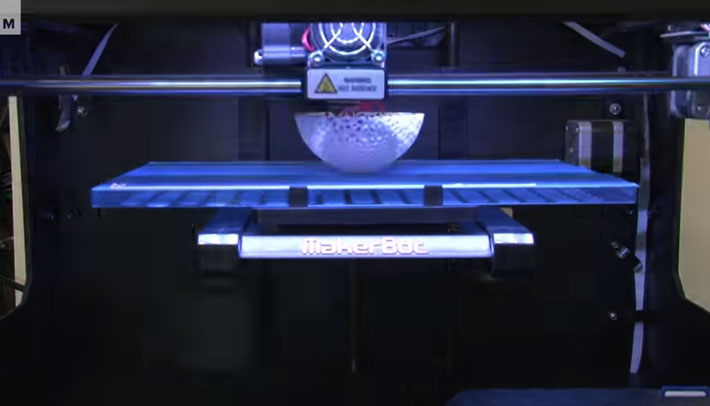There is a learning curve with 3D printing, and it can be difficult to find the right design. The good news is that there are plenty of YouTube videos and forums dedicated to the subject. You can find endless open-source designs on Thingiverse, one of the biggest names in the 3D printing community. Regardless of your skills level, there is likely to be a design on Thingiverse that you can print.
Be Specific

While most 3D printers come with basic models to use, you may want to get more creative by designing your own models. For free 3D models, you can check out Thingiverse, the largest repository of 3D models available online. Thingiverse offers hundreds of thousands of 3D models, including the Windows Central Logo. If you want to make a custom model, you can design it on your computer and upload it to Thingiverse.
Be cost-effective
When you first begin to use 3D printing, you’ll probably want to stay as cost-effective as possible. While 3D printers can be expensive, there are many alternatives available at affordable prices. You can also opt for a printing service if you don’t want to invest in a 3D printer yourself. However, you should keep in mind that costs can rise as more advanced printing processes are developed, Browse around here.
Be safe

If you are getting your first 3D printer, make sure to use protective gear and follow safety guidelines. These printers can expose users to chemicals, solvents, static electricity, fire and explosion, and even hot parts. To avoid these risks, consult a company’s Nanotechnology and Advanced Materials Field Studies Team to assess the health risks associated with this new technology. Also, be sure to use gloves whenever handling the printer.
Conclusion:
You can start being more environmentally friendly by recycling the materials you produce with a 3D printer. In many cases, these materials can be recycled or composted. However, you should educate local governments and make sure they are aware of your intentions. Many 3D printing materials, including filament, are thermoplastics, meaning they melt at a certain temperature. In order to recycle them, you must crush or melt them in a specific way.

